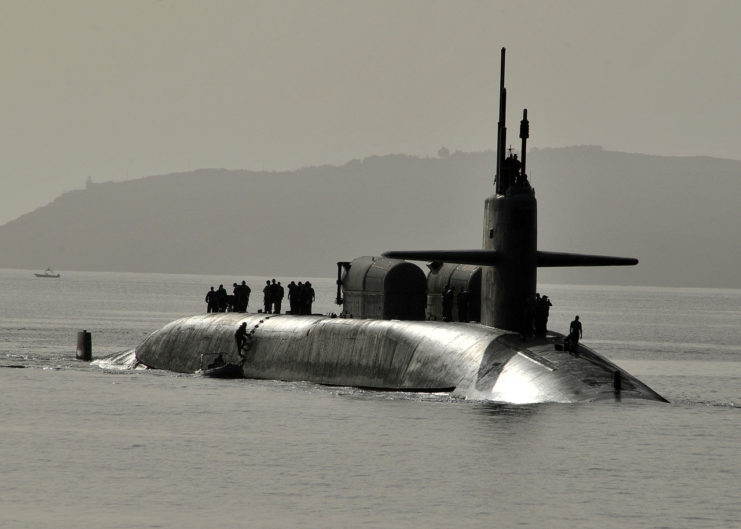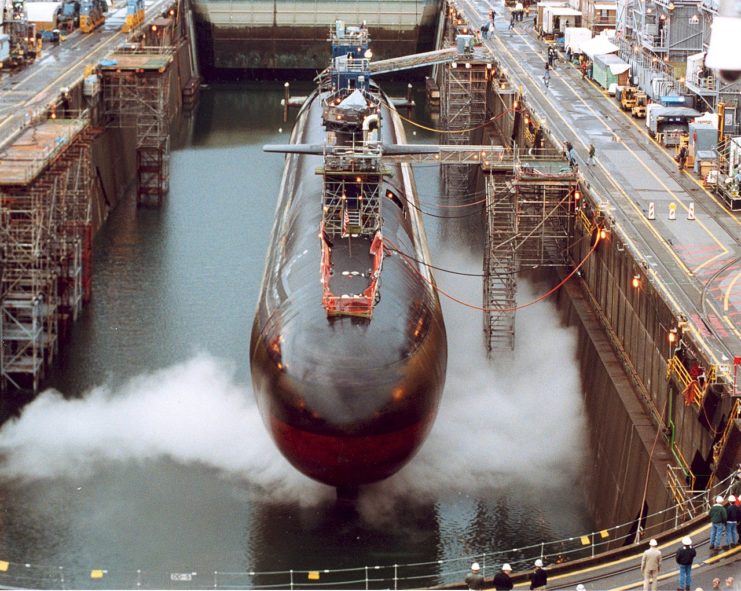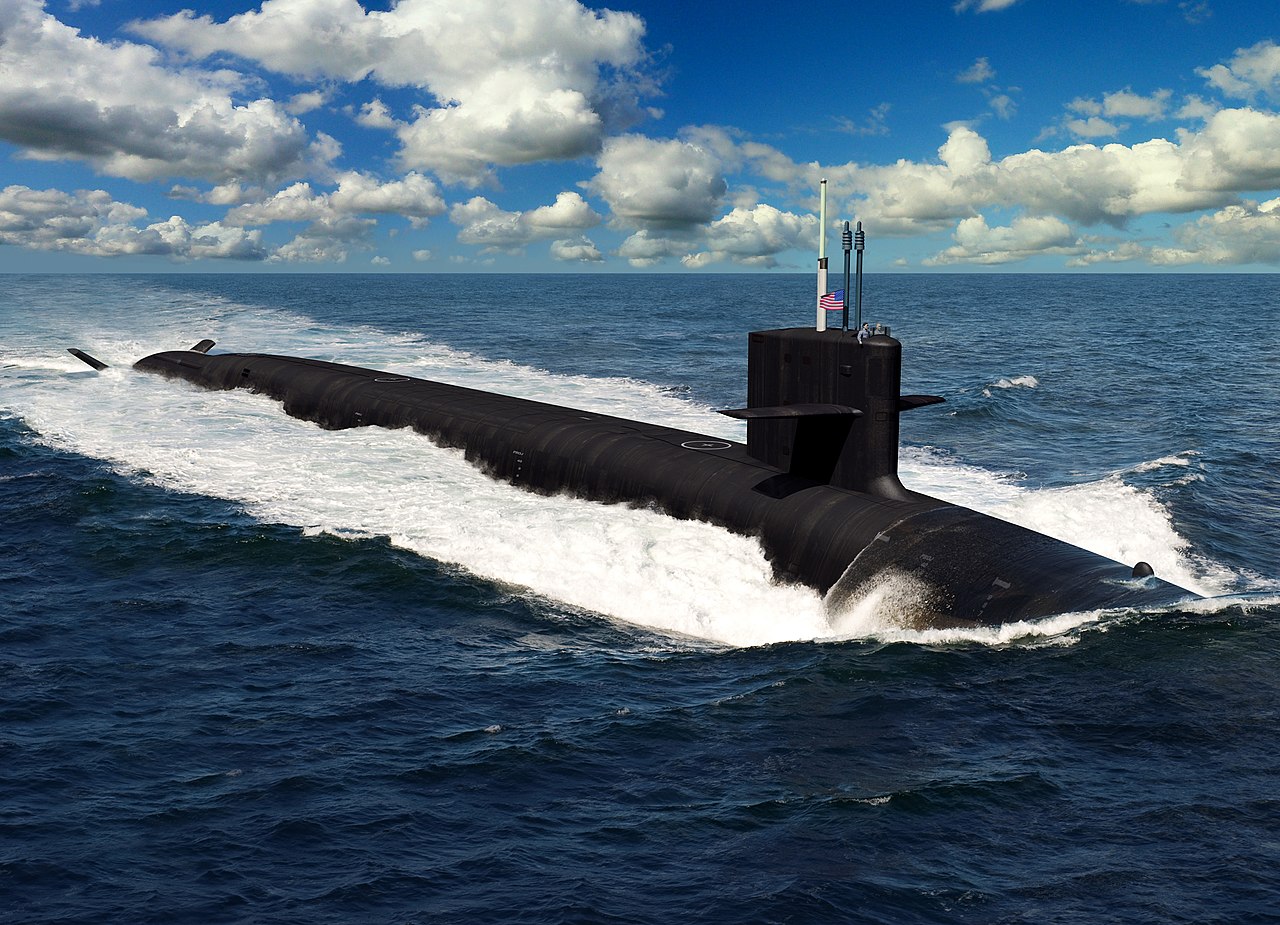A new class of nuclear-powered submarines is set to replace the aging Ohio-class ballistic missile platform in the United States Naval fleet over the next two decades. General Dynamics Electric Boat, manufacturers of the 18 Ohio-class submarines that began commissioning in 1981, was awarded a contract to commence work on their replacements in the Columbia class.
General Dynamics has a long history with the United States Navy’s nuclear-powered submersible fleet. Electric Boat was also awarded refit contracts for the Ohio class, refitting four of the 18 for use as conventionally-armed weapons platforms in keeping with the United States’ commitment to an arms reduction treaty that took force in 2002.
Two thirds of the USN’s deployed nuclear missile arsenal uses the remaining 14 Ohio-class subs as a platform; the success of the Ohio program doubtless played in Electric Boat’s favor during the bidding process.

The $9.74B contract buys the Navy the first-in-class USS Columbia and commencement of a second submarine, the Wisconsin, pending Congressional approval for continued funding. Further plans call for a minimum of 12 new vessels to be built, with the first entering service as early as 2031 after four years of sea trials and commissioning.
This will be the first new design of a nuclear-powered submarine in the USN’s ballistic missile fleet since the 1970s, notes Columbia program manager Captain John Rucker, and the vessels the Columbia will be replacing are fast approaching the end of their service life. The new generation will be relied upon for a similarly long service life, expected to last into the 2080s and carry on the Ohio-class’ de facto position of “the nation’s ultimate insurance policy,” says Rucker. The task ahead of him is formidable, and not only from an organizational standpoint.
One new sub is expected to be purchased per year at the program’s peak, putting the program in some tension with the Navy’s other goals – the Navy’s long-term strategy, Battle Force 2045, envisions a naval fleet of 500 ships including a class of fast-attack submarines that Defense Secretary Mark Esper has placed high on the Pentagon’s priority list.
It is uncertain whether the shipbuilding industry will be able to keep up with increased demand over the next decade, with up to three Virginia class subs each year currently on the Defense Department’s wish list. Electric Boat’s prime contractor, Newport News Shipbuilding, began construction on the first vessel this summer.
The Columbia is estimated to be the most advanced nuclear submarine to date –Electric Boat president Kevin Graney says the company has invested heavily in its infrastructure to accommodate the program, calling this investment “the largest we’ve made in the facility in our history”; the upgrades will be expected to sustain decades of work building a dozen or more ships.

It is also the best-planned ship – it is not unusual for a design to be in its infancy when construction begins, with the Virginia-class ship being only one percent complete at the official kickoff. The Columbia will be 11 percent complete when construction begins, with design arrangements 97.5 percent complete.
Rucker cites a strong desire in the program to maintain a tight schedule, and his job is not without pressure: on top of all of the pressures that go along with overseeing a crucial strategic project unprecedented in its technological complexity, he also has the distinction of overseeing the largest submarine that has even been constructed in the United States.
Another Article From Us: US Air Force Receives First Sikorsky HH-60W Jolly Green II Combat Rescue Helicopters
If progress so far is any indication, Rucker’s diligence will ensure that the Navy is well on its way to retiring its oldest nuclear submarines on budget and on schedule.
